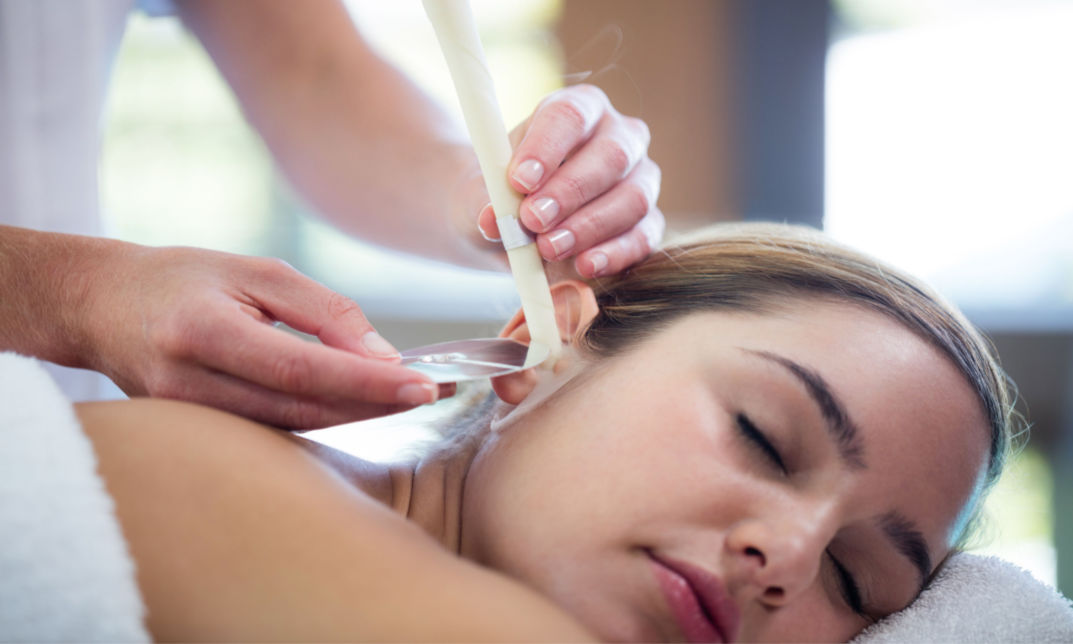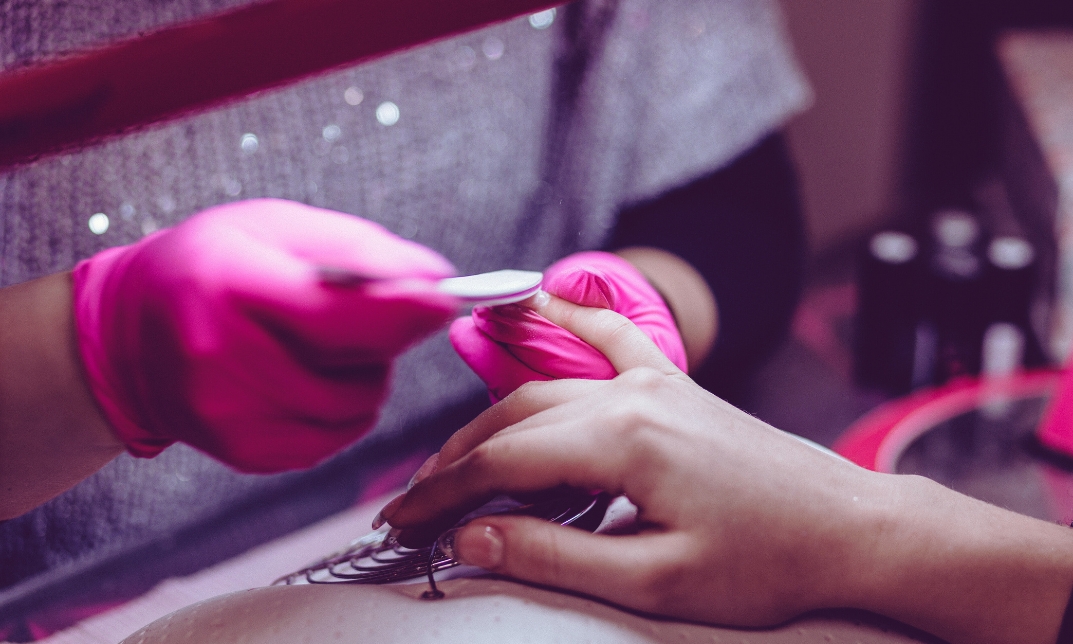If you’ve ever seen someone lying down with a long candle burning in their ear and wondered what on earth is going on, you’re not alone. Hopi ear candle benefits (sometimes called thermal-auricular therapy) are one of those concepts that have been around for years, often found in holistic or spa settings across the UK.
Some people swear by it. They say it helps clear blocked ears, reduce pressure, ease sinus pain, and even help them relax or sleep better. Others — including doctors and official health bodies like the NHS strongly disagree. They say there’s no reliable medical proof that ear candles remove wax or improve ear health, and that they can actually be dangerous if used incorrectly.
So who’s right? Let’s go through what Hopi ear candling really is, what people believe it does, what the science says, and what kind of benefits you might actually experience (even if they’re not the ones you think).
What Are Hopi Ear Candles?
A Hopi ear candle is basically a hollow fabric tube — often made of cotton or linen — that’s coated with wax, usually beeswax or paraffin. Some have added herbs, honey, or essential oils for scent or supposed therapeutic value.
To use it, a person lies on their side while a therapist gently places the narrow end of the candle into the outer part of the ear canal (not deep inside). The therapist then lights the wide end, and the candle burns slowly, producing a gentle warmth and a soft crackling sound.
That’s it — simple setup, very old practice, and quite a dramatic look!
Hopi ear candles are sold by holistic and complementary therapists who claim they can help with:
- Excess earwax
- Sinus pressure
- Headaches
- Tinnitus (ringing in the ears)
- Colds or blocked noses
- Stress and anxiety
However, you won’t find them offered by NHS clinics or ear, nose, and throat (ENT) departments. They are not recognised by mainstream medicine as a treatment for any ear condition.
How Do Hopi Ear Candles Work?
Here’s where the interesting part begins — because how they’re supposed to work is quite different from what’s actually happening.
The claim
People who support Hopi ear candling say the process creates a “chimney effect.” The idea is that when the candle burns, warm air rises through the hollow tube, creating a light suction. This suction, according to the claim, draws out earwax and impurities from the ear canal.
They also say the warmth softens the wax, allowing it to work its way out naturally over the next day or two. Some also believe that the heat improves blood flow, helps with sinus drainage, and leaves you feeling lighter and clearer in the head.
The evidence
This is where things get a bit tricky. Studies have looked into this “chimney effect,” and they didn’t find any meaningful suction at all. In fact, some tests showed that the candles can deposit wax into the ear, rather than removing any. There’s also no proof that ear candling changes pressure in the ear or helps clear sinus congestion. Cardiff and Vale University Health Board found no reliable evidence that it improves ear health or removes debris.
So while the burning candle might look like it’s pulling something out, that “residue” you see inside the candle after the treatment is usually just melted candle wax, not earwax.
What Are the Main Hopi Ear Candle Benefits?
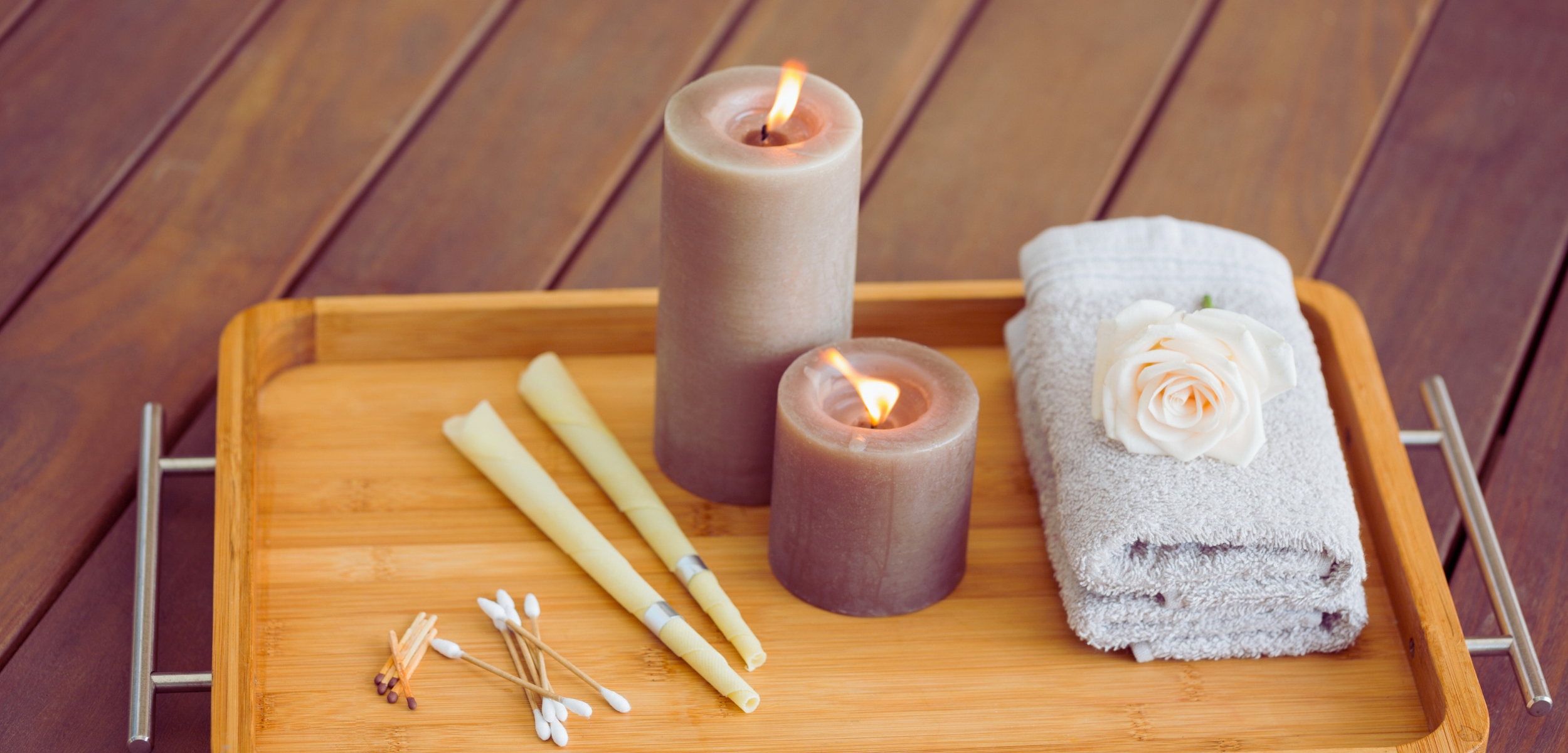
Let’s be honest — when you lie down in a quiet room, with soft music and a warm candle flickering beside you, it feels relaxing. Many people love the calm atmosphere and the one-on-one time with the therapist. So while medical evidence doesn’t support ear candling for ear or sinus problems, there are some subjective benefits people report:
- A feeling of warmth around the head and ears
- A sense of deep relaxation
- Time to unwind and de-stress
- Gentle touch or massage from the therapist
- Temporary relief of tension around the face or temples
It’s fair to say that any “benefit” from ear candling comes from the relaxation and environment, not from the candle’s physical action. Medical bodies and studies agree that ear candling does not treat earwax buildup, tinnitus, infections, sinus issues, or colds.
But that doesn’t mean the experience itself is worthless. For people who enjoy holistic treatments, it can still be a peaceful, spa-like ritual that helps them feel balanced and cared for. If you’d like to dive deeper into how it works, what the real benefits are, and how to practise it safely, check out our full guide on the Hopi Ear Candling Benefits at the School of Healthcare. It explains everything in simple, honest language — perfect for anyone thinking about trying the treatment or learning it professionally.
Can Hopi Ear Candles Help Remove Ear Wax?
This is probably the number one question people ask — and the answer from medical experts is a clear no.
According to the NHS, ENT specialists, and hearing health organisations, ear candles do not remove earwax. They don’t create suction, they don’t melt the wax, and they can even make things worse. In many cases, the candle pushes wax deeper into the ear canal, which can lead to blockages, pain, and temporary hearing loss. If your ears feel blocked, here’s what the NHS and audiologists recommend instead:
- Use olive oil drops or sodium bicarbonate drops for 3–5 days to soften the wax.
- If the blockage doesn’t clear, book an appointment for microsuction or ear irrigation (these are quick and safe procedures).
- Avoid using cotton buds or inserting anything into your ears.
So while Hopi ear candles might sound natural or gentle, they are not a safe or effective way to remove wax.
Do Hopi Ear Candles Help with Sinus or Headache Relief?
Many advertisements and spa websites claim ear candling can help relieve sinus pressure or headaches. The idea is that warming the area around the ear helps with drainage or reduces inflammation. But again, the evidence doesn’t back that up. Health authorities and medical research in the UK found no clinical proof that Hopi ear candles improve sinusitis or headaches.
Some people may feel temporary relief after a session — but this is usually due to relaxation and warmth, not because anything has been “drained.” So, while it’s nice to rest in a calm space and breathe deeply during a treatment, you shouldn’t rely on ear candles to fix sinus pain, migraine, or congestion. If you often struggle with blocked sinuses or headaches, it’s better to talk to a GP or try simple home options like steam inhalation, nasal sprays, or antihistamines (if allergies are involved).
Are Hopi Ear Candles Good for Relaxation and Stress Relief?
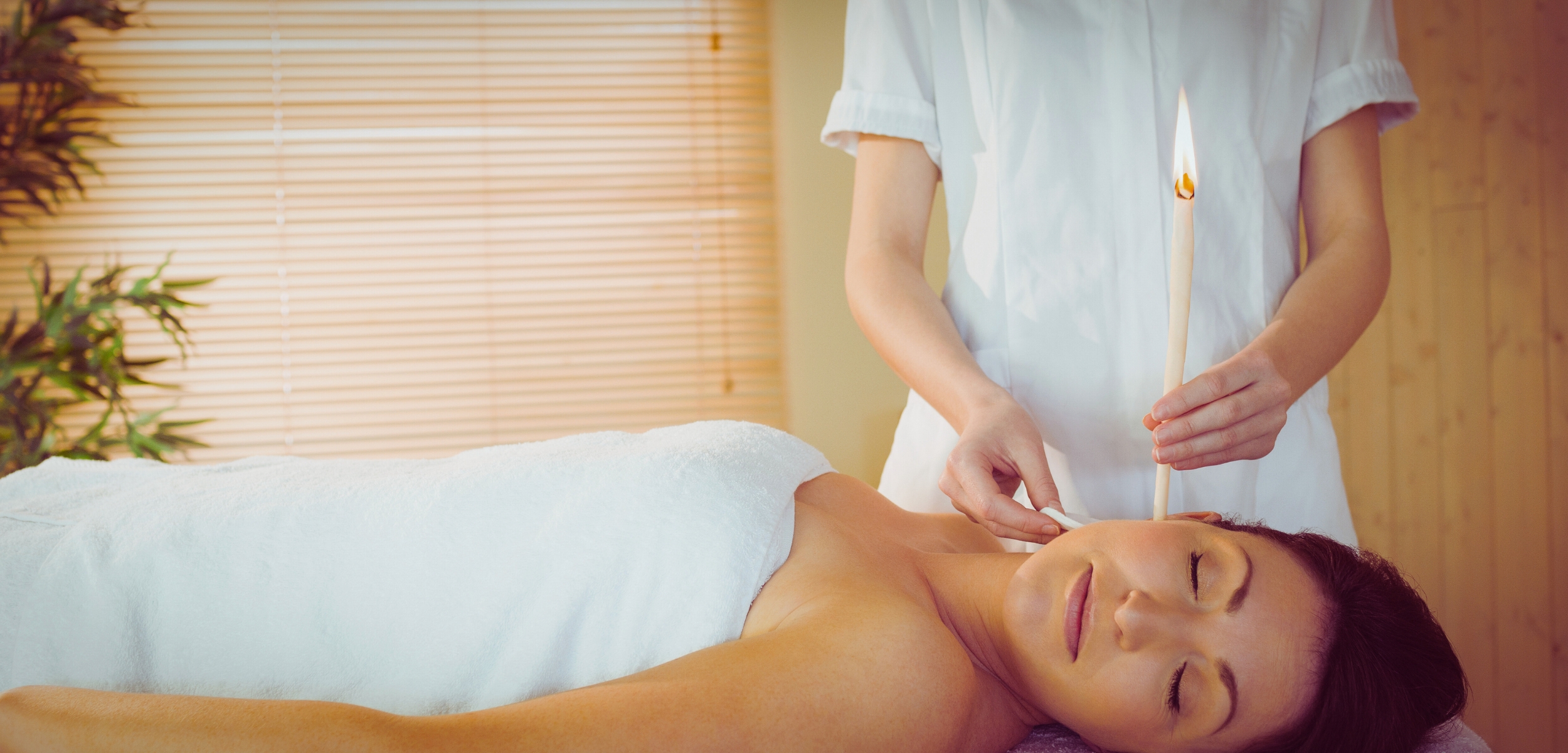
Now, this is where ear candling can actually shine — not as a medical treatment, but as a relaxation ritual. Think about the setup:
- The room is quiet and warm.
- You lie down, close your eyes, and switch off from the world.
- You hear the soft sound of a flickering flame and maybe soothing background music.
- A therapist gently holds the candle and may give you a short facial or head massage.
For many people, that’s a lovely way to relax. It’s similar to a spa massage or aromatherapy session — not because of the candle’s physical action, but because the environment helps you let go of stress. So yes, Hopi ear candling can be relaxing. It’s a moment of calm, which is something most of us don’t get enough of.
However, it’s important to be clear: the relaxation benefit doesn’t come from the candle in your ear. You could get the same effect from other safer relaxation methods — like a warm compress, meditation, or gentle massage. Still, if you enjoy holistic treatments, there’s nothing wrong with choosing ear candling purely for the experience — as long as it’s done safely by a trained practitioner.
Can Hopi Ear Candles Improve Hearing or Balance?
Hearing and balance problems usually come from things like earwax buildup, middle ear infections, or issues deeper in the ear. None of these is fixed by a burning candle.
Hopi ear candles don’t remove wax or affect the inner ear, so they can’t improve hearing or balance. In fact, if melted wax from the candle drips into your ear, it can cause a blockage or infection, which can actually make hearing worse. Some people have even reported reduced hearing after home candling. So, while the treatment may feel soothing, it’s not a fix for hearing or balance problems. If you notice ringing, dizziness, or muffled hearing, it’s best to see an audiologist or GP for a proper check.
Are Hopi Ear Candles Safe to Use?
This is one area where the warnings are serious. Health organisations like the NHS, FDA, and medical sites are all very clear: ear candling carries risks. Here are the main ones:
- Burns to the ear, face, hair, or neck
- Wax dripping into the ear canal
- Perforated eardrum (a painful hole in the eardrum)
- Infection due to trapped candle wax or bacteria
- Wax blockages are making hearing worse
- Fire hazards if done without care
Many of these accidents happen when people try ear candling at home without proper supervision. Even in a salon or therapy room, it’s important that the practitioner follows safety rules — like using a protective disc to catch hot wax and never leaving a lit candle unattended. So, are Hopi ear candles safe? Not really — not in the medical sense. They can be used safely enough in a controlled environment, but the risk is still there. If you ever decide to try ear candling, make sure:
- You go to a trained and insured therapist.
- They use protective equipment and stay beside you the whole time.
- You understand it’s for relaxation, not ear treatment.
Who Should Avoid Using Hopi Ear Candles?
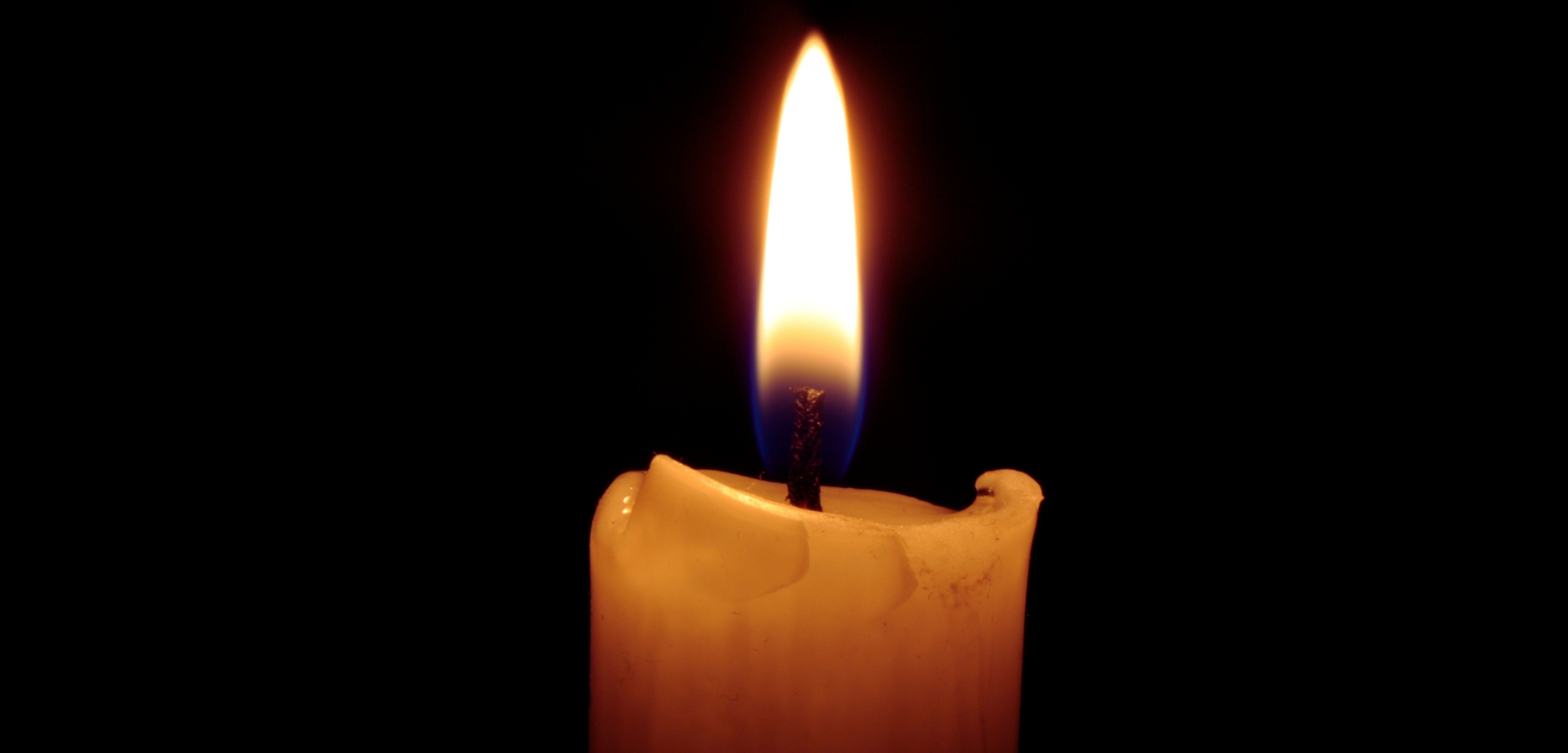
Ear candling isn’t suitable for everyone. Some people have conditions that make it unsafe or more likely to cause harm. You should avoid Hopi ear candles if you have:
- An ear infection or any pain in the ear
- Perforated eardrum (a hole in the eardrum)
- Had ear surgery recently or have grommets
- Skin problems or eczema around the ear
- Diabetes-related skin sensitivity
- Very sensitive ears or hearing aids
- Are you a child or someone who can’t stay still during treatment
If you fall into any of these categories, the best thing you can do is see a GP or audiologist instead. They can safely check your ears and remove any wax if needed.
How Often Should You Use Hopi Ear Candles?
Here’s the simple answer: there’s no recommended frequency — because medical advice says you shouldn’t need to use them at all.
Some therapists suggest using them once every few weeks for “maintenance” or once a month as part of a wellness routine. But according to NHS guidance, there’s no health reason to do so. If your ears feel blocked or full, try ear drops for a few days and then get professional wax removal if needed. It’s safer, faster, and proven to work.
Final Thoughts: Understanding the Real Benefits of Hopi Ear Candles
In simple terms, Hopi ear candling feels calming and even a bit magical for many people, but it isn’t a medical treatment and doesn’t remove earwax or cure sinus or ear issues. If done incorrectly, it can cause burns or blockages, yet when performed safely by a trained therapist, it can be a soothing and relaxing ritual. That’s why proper training is so important — a good Hopi Ear Candling course teaches you how to use the candles safely, protect the ear and skin, create a relaxing atmosphere, and know when not to perform the treatment.
The difference between a risky DIY attempt and a safe, holistic experience comes down to skill and care. Hopi ear candling does have a place in wellness therapy when treated as a calming relaxation practice rather than a cure. So if you understand it properly, follow safety steps, and stay trained, you can offer a safe, peaceful experience that aligns with UK standards. In short, Hopi ear candles are hollow wax-coated tubes placed in the outer ear and lit at the top. They’re used by holistic therapists, not medical professionals, and while they don’t remove wax or ease pressure medically, they can provide warmth, comfort, and relaxation when handled with care.
If You’re Interested in Learning Hopi Ear Candling
Our Hopi Ear Candling Course in the School of Health Care in the UK gives you everything you need to use this therapy responsibly. You’ll learn safety, techniques, client care, and how to make your sessions relaxing and professional.
It’s perfect for beauty, spa, or holistic therapists who want to expand their services — or for anyone who wants to understand this ancient treatment in a clear, modern way. Remember: when you know the facts and respect the risks, you can offer Hopi ear candling as a safe, peaceful experience that your clients will love — for the right reasons.

